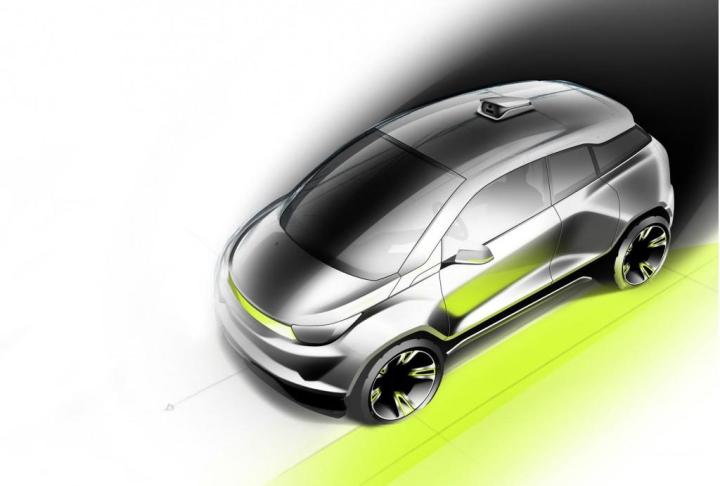
For the 2015 Geneva Motor Show, Rinspeed is sticking with the theme of self-driving cars with the Budii, which the company describes as a “friend on wheels.”
This friendly concept car appears to be based on a BMW i3, and like last year’s XchangE, it’s intended to be fully autonomous. It’s also somewhat self aware; it can communicate with other cars and learn the “habits and preferences” of its owner.
Rinspeed didn’t explain how any of this is accomplished, but like a good character backstory, the tech is likely a pretense that explains why the Budii is the way it is.

Designers give the potential future owner a choice between being a driver or a passenger. The steering wheel is mounted on a moveable arm, and can be parked in the center console to free up space while the car is in self-driving mode.
Rinspeed believes the transition to autonomous cars is inevitable, but that it will happen in stages. The reconfigurable interior seems like a sensible solution for that in-between period, as long as nothing breaks.
However, like Rinspeed’s past concepts, the Budii is likely more of a design study than a proposal for an actual production car. Still, it should grab plenty of attention at the 2015 Geneva Motor Show in March. Check back here for more updates in the coming months.
Editors' Recommendations
- Tesla Autopilot vs. full self-driving: What’s the difference?
- Cruise woes prompt production halt of fully driverless van
- Volkswagen is launching its own self-driving car testing program in the U.S.
- Tesla hopes full self-driving beta will be out globally by the end of 2022
- Cruise’s robot taxis head to Arizona and Texas


